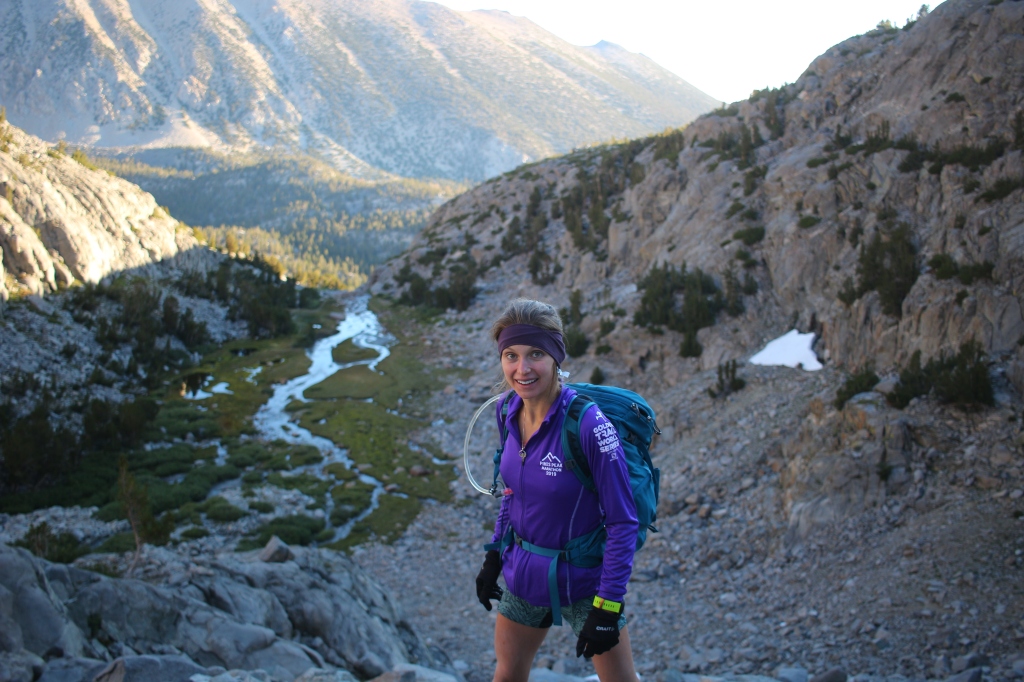Alana Papula is a member of our most recent cohort of CEHG fellows, studying evolution of bacterial populations in the Fisher lab. Read on for a peek into her experience during the fellowship!
Can you tell us about your research? What were you working on as a fellow, and how has it progressed since completing the fellowship?
What does it mean to be a bacterial species? How is within-species diversity generated and maintained in bacterial populations? These fundamental questions have remained controversial in microbiology. My research explores these questions in the context of a clade of the marine cyanobacterium Prochlorococcus, Earth’s most abundant photosynthetic organism which annually fixes about as much carbon as the entire human race emits. Prochlorococcus is a very diverse species. This is puzzling in the context of the species’ immense population size and well-mixed marine environment, which together rule out drift as an important factor in the evolution of the species and also should facilitate selective sweeps which eradicate diversity. What is the role of selection in shaping the diversity? What is the role of recombination in maintaining it?
To address these questions, we use hundreds of single cell amplified genomes, which allow us to ask questions about correlation of genes and alleles over lengthscales of tens to hundreds of genes, a task not possible with metagenomics approaches. Our results run counter to the prevailing opinion in the field, which posits that bacterial species are comprised of many discrete, stable, genetically-isolated cell groups which each occupy distinct ecological niches, and that recombination does not play an important role in the evolution of Prochlorococcus. Instead, we find that extensive core homologous recombination connects the entire clade. We find that we cannot distinguish between cells from that Atlantic and Pacific oceans using core gene alleles despite chemical differences between these environments. Nonetheless, selection shapes the diversity within individual genes and operons. These findings have inspired a host of additional questions and avenues for further work, both within Prochloroccus as well as other bacterial species.
Have you had any significant mentors? What role did they play?
I am especially grateful to have worked with my PhD advisor Professor Daniel Fisher and to have collaborated with Dr. Gabriel Birzu. Daniel has taught me to think outside the box, question conventional wisdom, and to let go of the details in order to make progress towards the big picture. I am inspired by Daniel’s creativity and ability to distill complex problems into their most fundamental components, high standards for research, and consistent drive to keep learning. Daniel has made me feel valued as a person irrespective of my achievements as a scientist, and this has made a world of difference during my PhD.
Gabriel has been especially supportive with the fine details, methods, and management of my project. He has taught me the importance of doing fundamental checks on the data, organizing the data, setting goals, and making predictions. I aspire to emulate Gabriel’s methodological workflow, familiarity with other research in the field, and passion for discovery.
